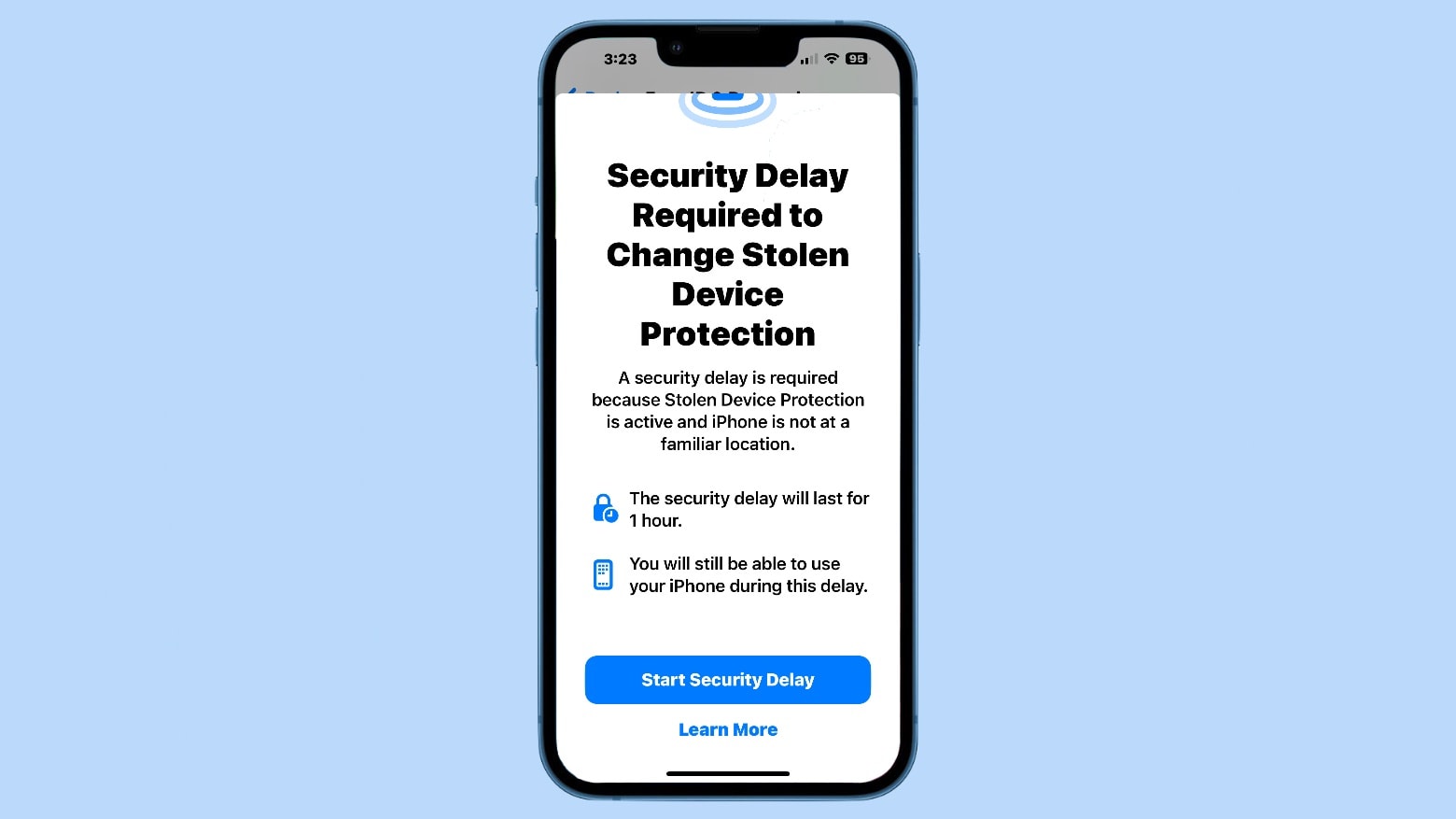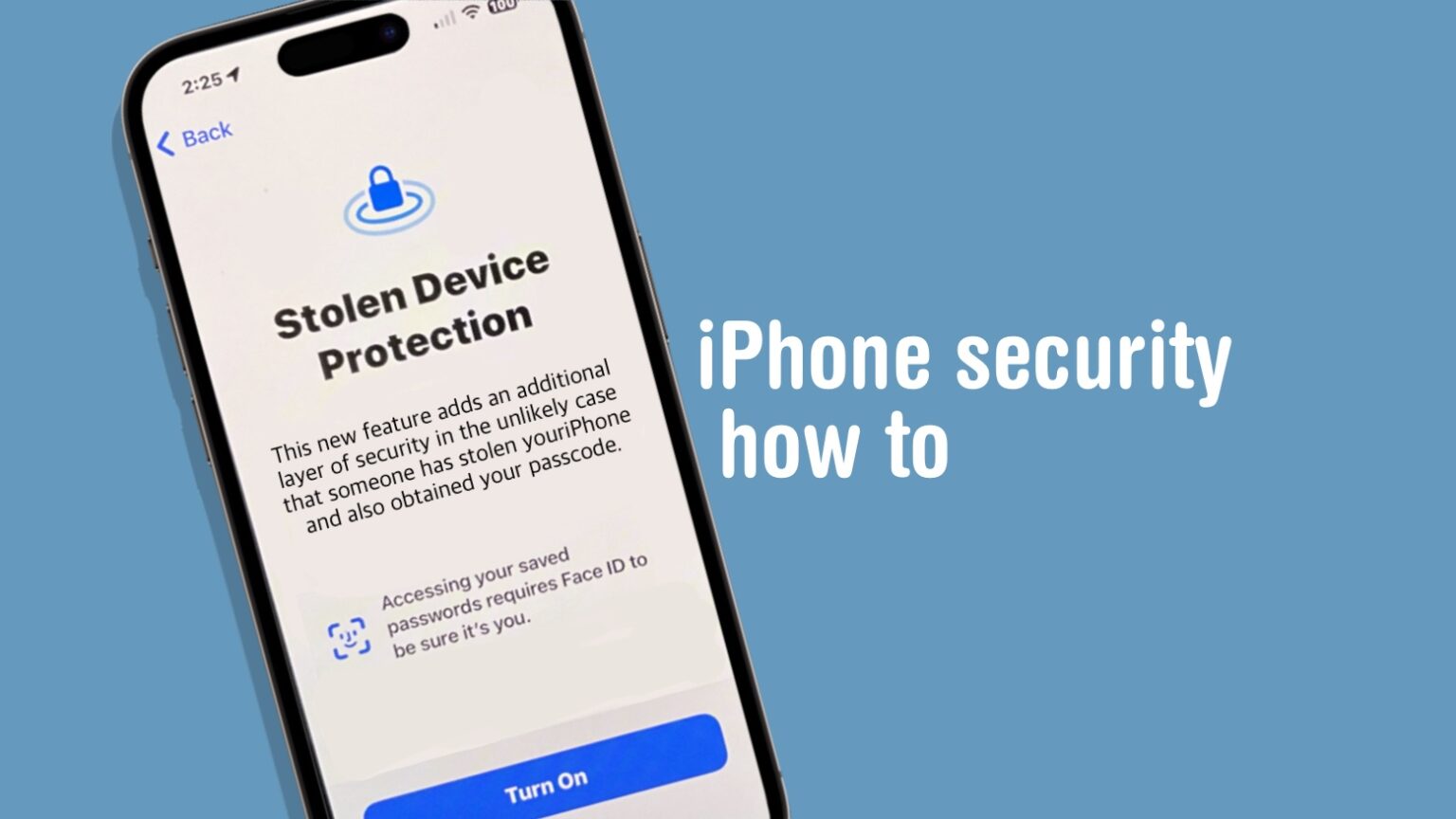iPhone Stolen Device Protection offers increased safety for your accounts and financial information if someone steals your handset and its passcode.
Here’s how to activate the security feature that debuted in iOS 17.3, and — more importantly — why you should do it now.
Stolen Device Protection: How to activate
You don’t have to take my word that this new feature is a valuable enhancement. Tony Anscombe, chief security evangelist for global cybersecurity leader ESET, told Cult of Mac:
“Stolen Device Protection makes it harder for unauthorised access or alteration of sensitive settings making iPhones less appealing to criminals. This enhanced protection serves as a long-awaited deterrent, increasing the difficulty for thieves targeting such devices.
“While it’s impossible to completely prevent theft as perpetrators continually find new workarounds and exploits, this feature adds a significant hurdle. Organised crime groups, often involved in handling stolen phones, may now need to work that much harder to bypass it.”
The new feature in iOS 17.3 is intended to counter a specific type of crime: muggers who steal someone’s iPhone and then demand the passcode to unlock it. That gives the criminal access to all the personal information stored on the device.
Advantages of iPhone Stolen Device Protection
With iPhone Stolen Device Protection activated, changing the Apple ID passcode requires Face ID/Touch ID and an hour-long wait. It can’t be changed quickly.
What that means is if a mugger steals your iPhone and forces you to give them the passcode, you have an hour to get to another computer, go to icloud.com and lock the device so it can’t be accessed even with the passcode.
To keep that restriction from being burdensome, SDP is only in effect when the iPhone is away from your home or workplace.
And iPhone Stolen Device Protection does more to stymie criminals. It requires Face ID to access saved passwords. The same goes for erasing the device, accessing saved credit card info in Safari, applying for an Apple Card and more.
More security never hurt

Screenshots: Ed Hardy/Cult of Mac
iPhone Stolen Device Protection is optional and must be activated by you. If you don’t, it’s off. But if you want to upgrade the security on your handset, here’s what to do.
The first step in taking advantage of the new security feature is installing iOS 17.3. Apple released this to the public on January 22, so head to Settings -> General -> Software Update to get the latest version.
Next, go to Settings -> Face ID & Passcode. You’ll be required to enter your passcode to access this section.
Scroll down until you get to Stolen Device Protection. It’ll be off, so tap Turn On Protection.
And there, you’re done. You get all the benefits described above.

Screenshot: Ed Hardy/Cult of Mac
If you decide to reactivate the feature at some later date, go through these same steps but tap Turn Off Protection. You’ll have to pass Face ID and wait an hour to make the change. If canceling SDP was quick and easy, the person who stole your iPhone could simply turn it off.
For more details on the security feature, read the Apple support document “About Stolen Device Protection for iPhone.”
We originally published this post on how to turn on iPhone Stolen Device Protection on January 25, 2024. We updated the info.


